Some crops cultivated in Northern Nigeria
Northern Nigeria is a region known for its rich agricultural heritage and diverse crop cultivation. The region's favorable climatic conditions, fertile soils, and agricultural traditions have made it a hub for crop production. Various crops are cultivated in this region, contributing to food security, economic growth, and cultural significance. These crops not only provide sustenance for the local population but also serve as sources of income through trade and export.
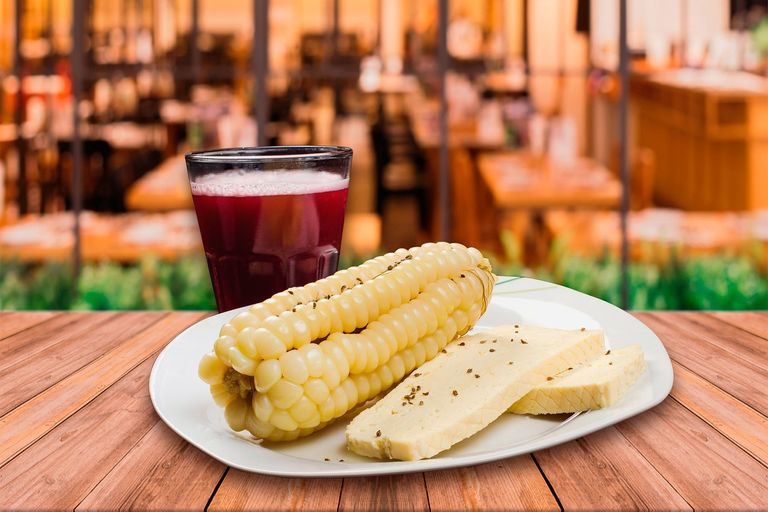
source
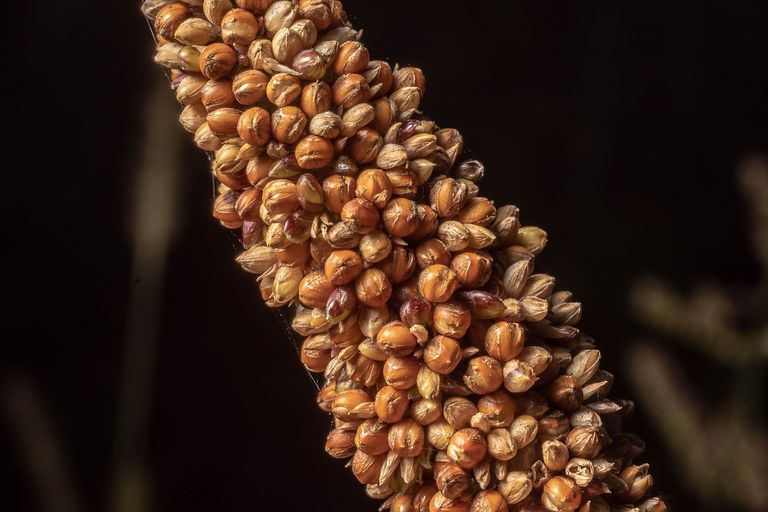
Let's see the crops commonly cultivated in northern Nigeria and delve into their importance and characteristics.
Millet:
Millet is a staple crop in northern Nigeria and holds immense cultural significance. It is a drought-tolerant cereal crop well-suited to the region's semi-arid climate. Millet is widely consumed as a nutritious grain and forms the base for traditional dishes like tuwo and pap. It is known for its ability to withstand harsh environmental conditions and its high nutritional content.Sorghum:
Sorghum is another vital cereal crop cultivated in northern Nigeria. This crop is well-adapted to the region's weather patterns, making it a resilient choice for farmers. Sorghum serves as a versatile grain used in various culinary applications. It is transformed into tuwo, kunu (a local drink), and traditional sorghum beer. Additionally, sorghum cultivation contributes to the livestock feed industry.Cowpea:
Cowpea, also known as black-eyed pea, is a major legume crop in northern Nigeria. It is an important source of protein and essential nutrients for both humans and animals. Cowpeas are widely consumed as a main ingredient in soups, stews, and porridges. The cultivation of cowpea helps improve soil fertility through nitrogen fixation, making it a valuable rotational crop.
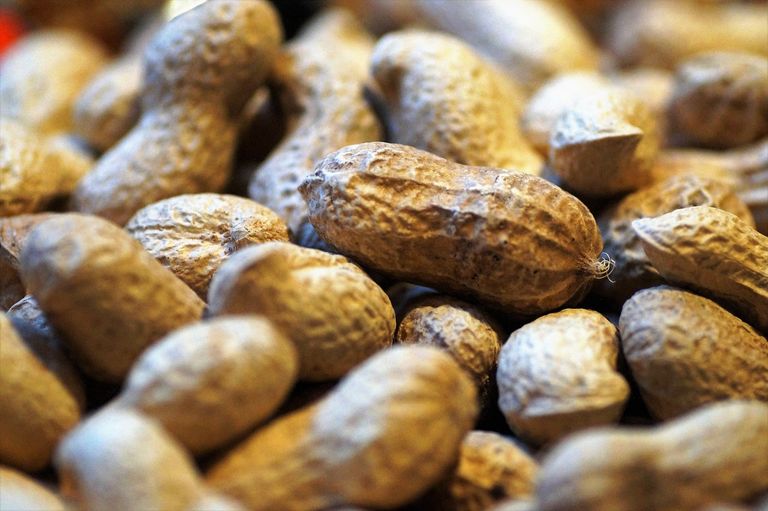
Groundnut (Peanut):
Groundnut is a significant oilseed crop cultivated extensively in the northern region. It thrives in the sandy soils and warm climate of the area. Groundnuts are not only consumed as a protein-rich snack but also serve as a raw material for the production of peanut oil. The cultivation and processing of groundnuts contribute to the local economy and provide income opportunities for farmers and processors.Sesame:
Sesame is an oilseed crop of great economic importance in northern Nigeria. The region's suitable agro-ecological conditions allow for its successful cultivation. Sesame seeds are used for oil extraction and are also a popular spice in various dishes. The crop's by-products, such as sesame oil and sesame paste (tahini), have commercial value and are widely utilized in local and international cuisines.
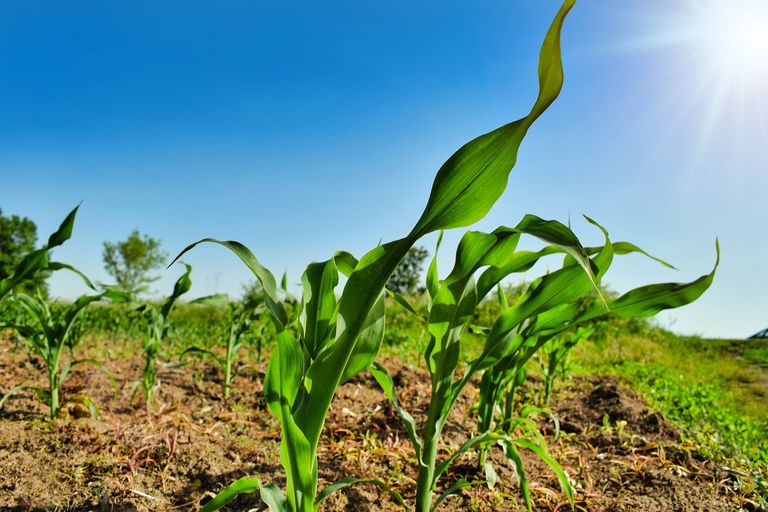
Yam:
Yam is a root crop that holds cultural significance in northern Nigeria. It is revered as a staple food and forms an integral part of traditional celebrations and ceremonies. Yam cultivation requires fertile soils and a longer growing season. The crop is consumed in different forms, including boiled, fried, and pounded into pounded yam. Yam farming contributes to food security and livelihoods in the region.Cassava:
Cassava is a versatile crop widely grown in northern Nigeria. Its tolerance to marginal soils and resistance to drought make it suitable for the region's agricultural practices. Cassava tubers are a vital source of carbohydrates and are used in various culinary applications. They are processed into garri (cassava flakes), fufu, and other cassava-based products.Maize (Corn):
Maize is a prominent cereal crop cultivated in northern Nigeria. It thrives in the region's diverse agro-ecological zones. Maize serves as a staple food and is consumed in various forms, including boiled, roasted, and ground into flour. It is also a vital ingredient in the production of snacks such as popcorn.Rice:
Rice cultivation has gained significant importance in recent years in northern Nigeria. With the region's abundant water resources and suitable growing conditions, rice farming has become a significant economic activity. Rice serves as a staple food and is consumed in popular dishes like jollof rice and fried rice. The cultivation of rice contributes to food security, income generation, and employment opportunities.
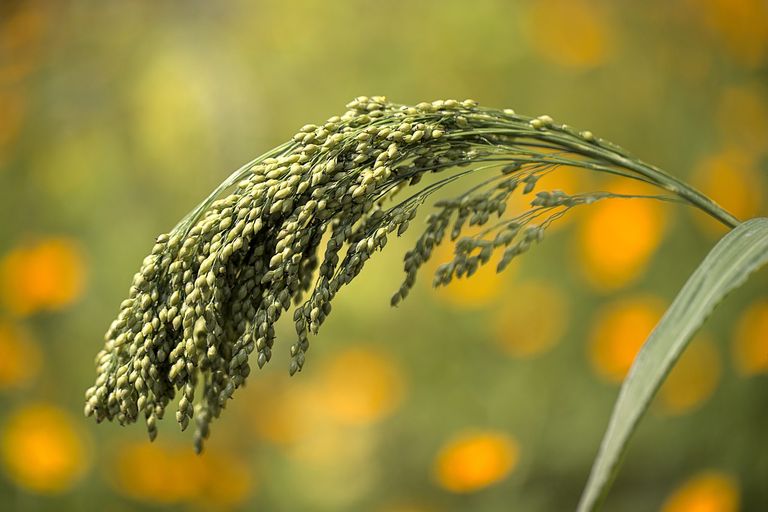
Ginger:
Ginger is a spice crop cultivated in northern Nigeria. The region's well-drained soils and favorable climate provide ideal conditions for ginger farming. Ginger is highly valued for its medicinal properties and culinary uses. It is used as a spice in cooking, brewed into herbal tea, and incorporated into traditional remedies.
The cultivation of various crops in northern Nigeria plays a vital role in sustaining food security, economic development, and cultural traditions. These crops, including millet, sorghum, cowpea, groundnut, sesame, yam, cassava, maize, rice, and ginger, are not only consumed locally but also contribute to trade and export.
They provide essential nutrients, support livelihoods, and shape the region's agricultural landscape.
Now let's go through each of the 10 crops commonly cultivated in northern Nigeria and provide information on the states with higher production, consumption patterns, farming duration, nutritional value, and some derived products.
Millet:
- States with higher production: Kano, Sokoto, Katsina, Jigawa, Zamfara.
- Consumption: Millet is commonly consumed in northern Nigeria as a staple food. It is used to make dishes like tuwo and pap, and also in the production of local beverages.
- Farming duration: Millet is typically sown in the rainy season and harvested after 3-4 months.
- Nutritional value: Millet is rich in carbohydrates, dietary fiber, and minerals like iron and magnesium.
- Derived products: Millet flour, millet porridge, millet-based beverages.
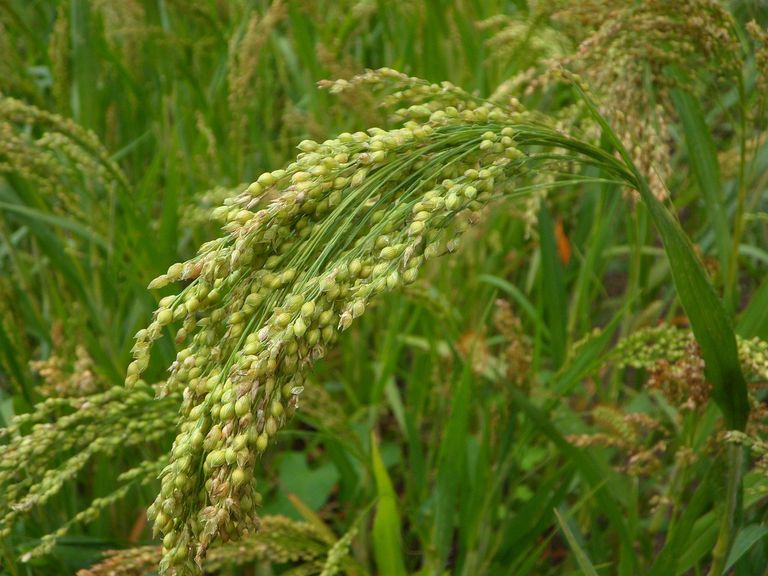
Sorghum:
- States with higher production: Kano, Kaduna, Katsina, Sokoto, Jigawa.
- Consumption: Sorghum is used for various purposes in northern Nigeria, including making tuwo, kunu (a local drink), and traditional sorghum beer.
- Farming duration: Sorghum is usually sown at the beginning of the rainy season and harvested after 3-4 months.
- Nutritional value: Sorghum is a good source of carbohydrates, protein, and minerals like iron and potassium.
- Derived products: Sorghum flour, sorghum malt, sorghum-based beverages.
Cowpea:
- States with higher production: Kano, Kaduna, Katsina, Sokoto, Bauchi.
- Consumption: Cowpeas are commonly consumed as a source of protein in various dishes like soups, stews, and porridges.
- Farming duration: Cowpeas are typically sown in the rainy season and harvested after 2-4 months, depending on the variety.
- Nutritional value: Cowpeas are rich in protein, dietary fiber, vitamins, and minerals such as iron and potassium.
- Derived products: Cowpea flour, cowpea paste (akara), cowpea-based snacks.
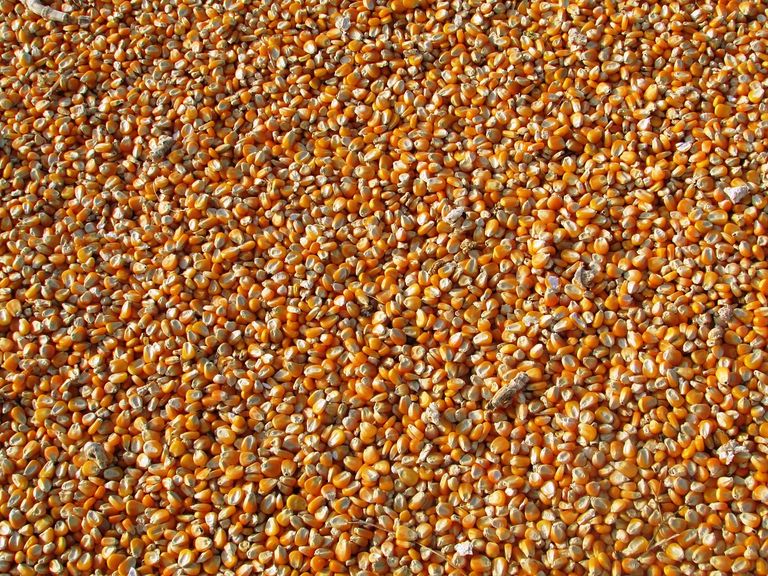
Groundnut (Peanut):
- States with higher production: Kano, Kaduna, Katsina, Niger, Jigawa.
- Consumption: Groundnuts are commonly eaten as a snack, used in soups and stews, and processed into peanut butter and oil.
- Farming duration: Groundnuts are typically sown in the rainy season and harvested after 3-5 months.
- Nutritional value: Groundnuts are a good source of protein, healthy fats, vitamins, and minerals like phosphorus and magnesium.
- Derived products: Peanut butter, groundnut oil, groundnut cake (animal feed).
Sesame:
- States with higher production: Jigawa, Kano, Katsina, Kebbi, Sokoto.
- Consumption: Sesame seeds are used for oil extraction, as a spice, and in baking and confectionery.
- Farming duration: Sesame is typically sown in the rainy season and harvested after 3-4 months.
- Nutritional value: Sesame seeds are rich in healthy fats, protein, fiber, and minerals such as calcium and iron.
- Derived products: Sesame oil, sesame paste (tahini), sesame snacks, sesame-based confectionery.
Yam:
- States with higher production: Benue, Nasarawa, Plateau, Niger, Taraba.
- Consumption: Yam is a versatile crop consumed in various forms, including boiled, fried, roasted, and pounded into a traditional dish called pounded yam.
- Farming duration: Yam cultivation takes approximately 9-12 months, depending on the variety.
- Nutritional value: Yam is a good source of carbohydrates, dietary fiber, vitamin C, and potassium.
- Derived products: Yam flour (elubo), yam chips, yam-based snacks.
Cassava:
- States with higher production: Kogi, Benue, Niger, Plateau, Taraba.
- Consumption: Cassava is consumed in various forms, including as garri (cassava flakes), fufu (a starchy staple), and as a flour in baking and cooking.
- Farming duration: Cassava cultivation takes approximately 8-12 months, depending on the variety and intended use.
- Nutritional value: Cassava is a good source of carbohydrates, dietary fiber, and some minerals.
- Derived products: Garri, cassava flour, tapioca, cassava-based snacks.
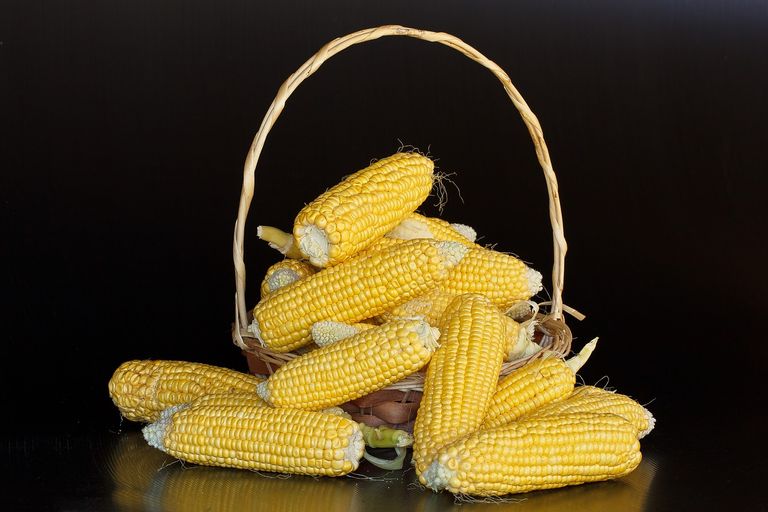
Maize (Corn):
- States with higher production: Kaduna, Kano, Katsina, Niger, Jigawa.
- Consumption: Maize is consumed in various forms, including boiled, roasted, ground into flour, and processed into snacks like popcorn.
- Farming duration: Maize cultivation takes approximately 3-4 months, depending on the variety.
- Nutritional value: Maize is a good source of carbohydrates, dietary fiber, and some vitamins and minerals.
- Derived products: Maize flour, cornmeal, popcorn, corn-based snacks.
- Approximate cost: Maize prices can vary depending on the quality and processing, but they are generally affordable.
Rice:
- States with higher production: Kebbi, Kano, Niger, Benue, Taraba.
- Consumption: Rice is consumed as a staple food in various dishes such as jollof rice, fried rice, and rice porridge.
- Farming duration: Rice cultivation takes approximately 3-6 months, depending on the variety and cultivation method.
- Nutritional value: Rice is a good source of carbohydrates, dietary fiber, and some minerals.
- Derived products: Parboiled rice, white rice, rice flour, rice-based snacks.
- Approximate cost: Rice prices can vary depending on the variety and quality, but they are generally moderately priced.
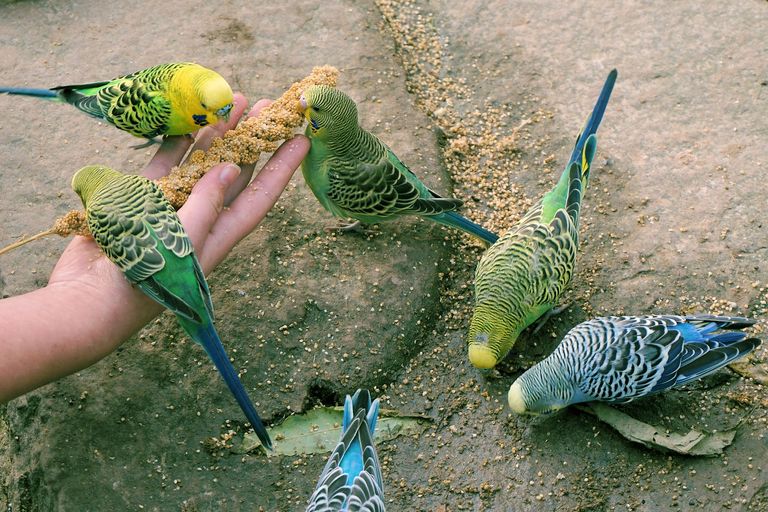
Ginger:
- States with higher production: Kaduna, Bauchi, Gombe, Kano, Adamawa.
- Consumption: Ginger is used as a spice in cooking, herbal tea, and in traditional remedies.
- Farming duration: Ginger cultivation takes approximately 8-10 months.
- Nutritional value: Ginger is known for its medicinal properties and contains compounds with anti-inflammatory and antioxidant effects.
- Derived products: Dried ginger, ginger powder, ginger-based beverages.
Conclusion
The northern region of Nigeria is known for its diverse agricultural activities and cultivation of various crops. The 10 crops commonly cultivated in northern Nigeria include millet, sorghum, cowpea, groundnut, sesame, yam, cassava, maize, rice, and ginger.
These crops are grown in specific states within the region, with notable production centers including Kano, Kaduna, Katsina, Sokoto, and Jigawa. Each crop has its unique consumption patterns and derived products. They contribute significantly to the food security and economy of the region.
The farming duration varies for each crop, ranging from a few months for cereals like millet and sorghum to several months for crops like yam and ginger. These crops offer essential nutritional value, with a range of carbohydrates, proteins, dietary fiber, vitamins, and minerals.
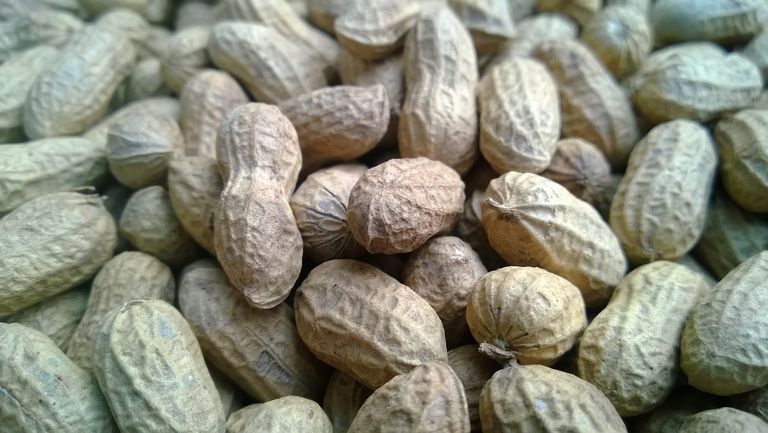
Derived products from these crops include flour, oil, beverages, snacks, and traditional dishes. The approximate cost of these crops depends on factors such as location, quality, and market demand, but generally, most of them are affordable, considering their status as staple food items.
The cultivation of these crops in northern Nigeria plays a crucial role in sustaining livelihoods, supporting local economies, and providing nutritious food sources for the population.
Congratulations, your post has been upvoted by @dsc-r2cornell, which is the curating account for @R2cornell's Discord Community.
Groundnut and Millet are my favorite
Congratulations 👏
Your post has been manually curated by @chibuzorwisdom.
You can support our community project by taking a moment to vote @blurtconnect-ng as blurt witness.
Click on the link below to vote.
https://blurtwallet.com/~witnesses?highlight=blurtconnect-ng